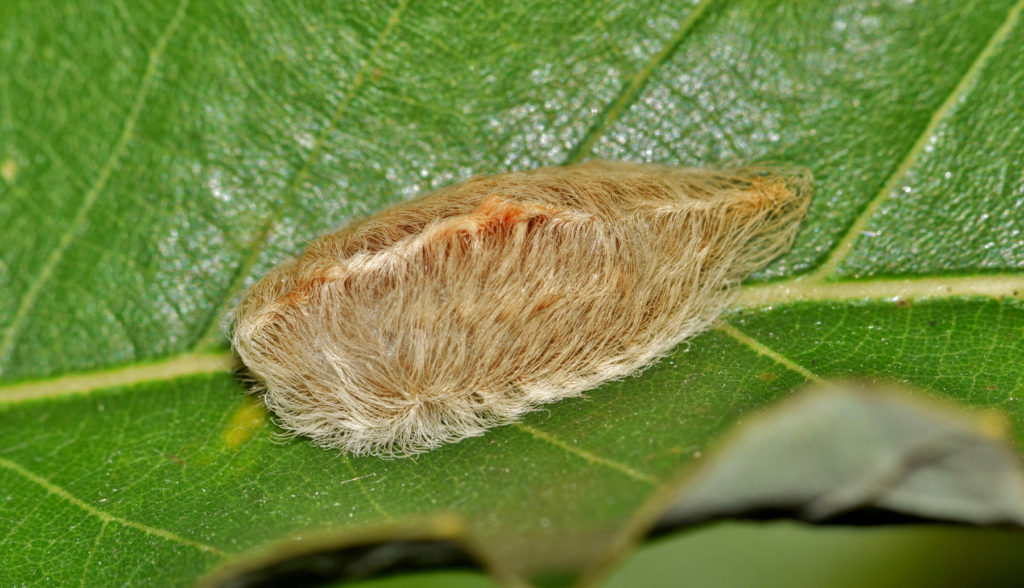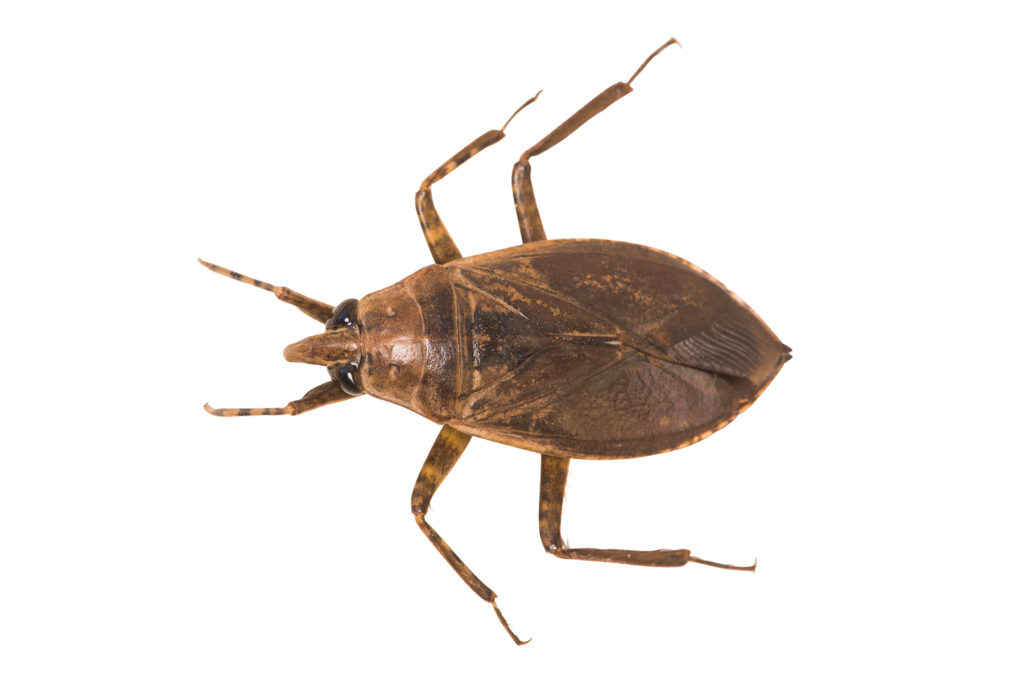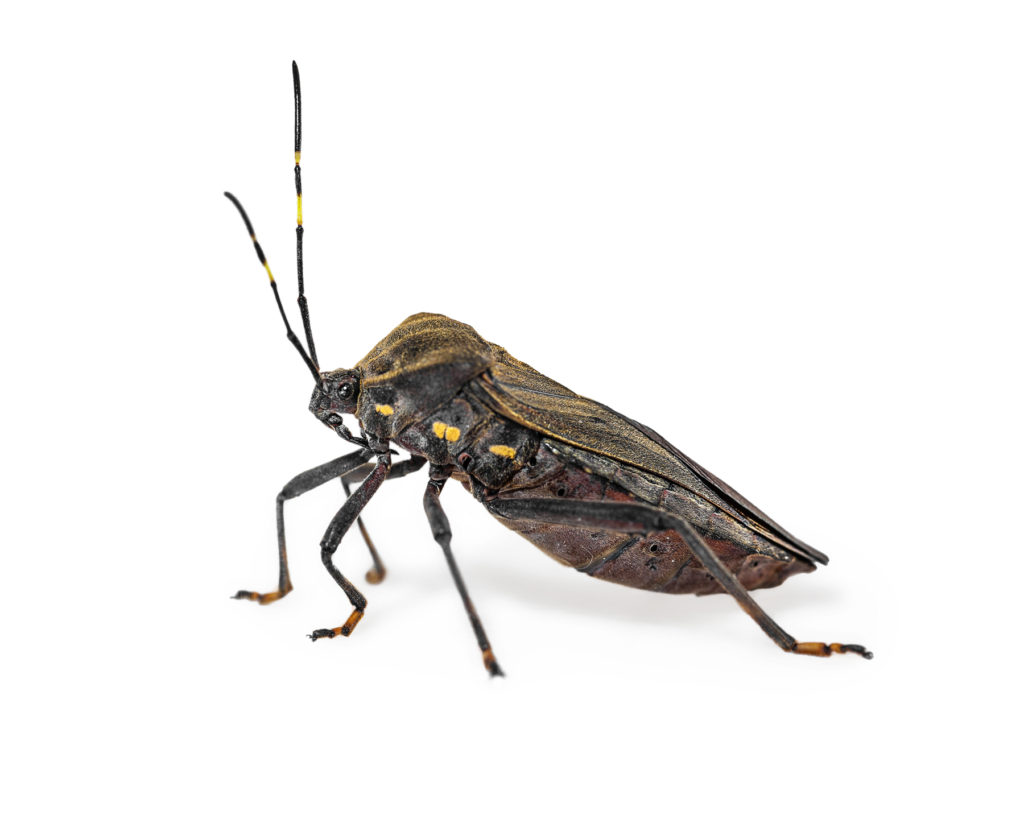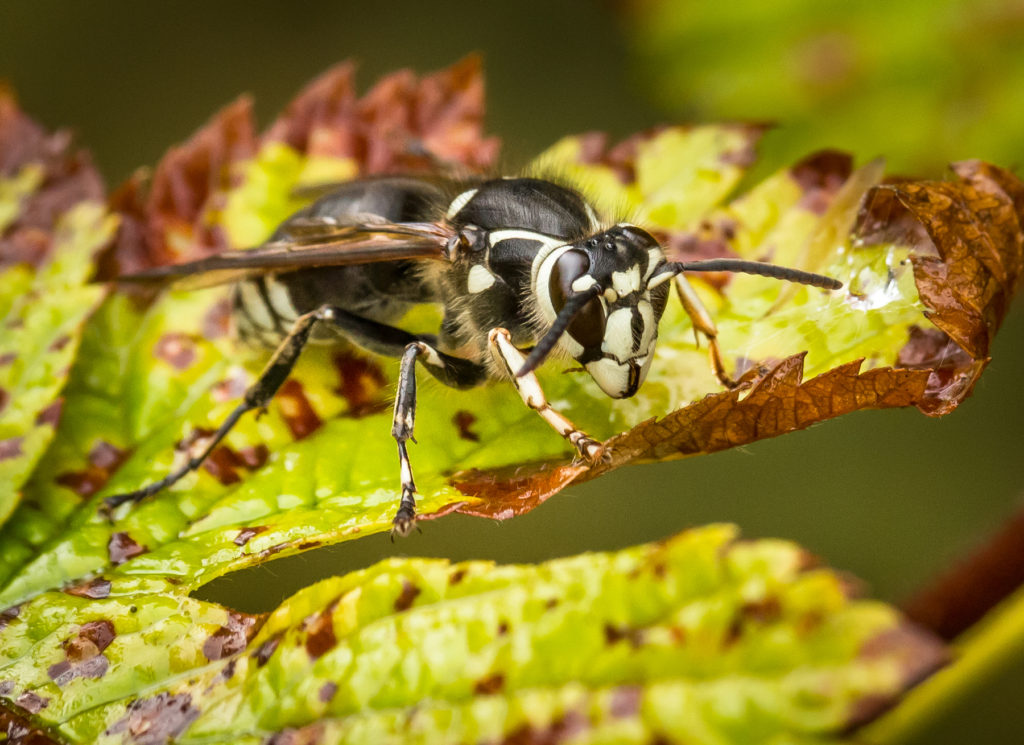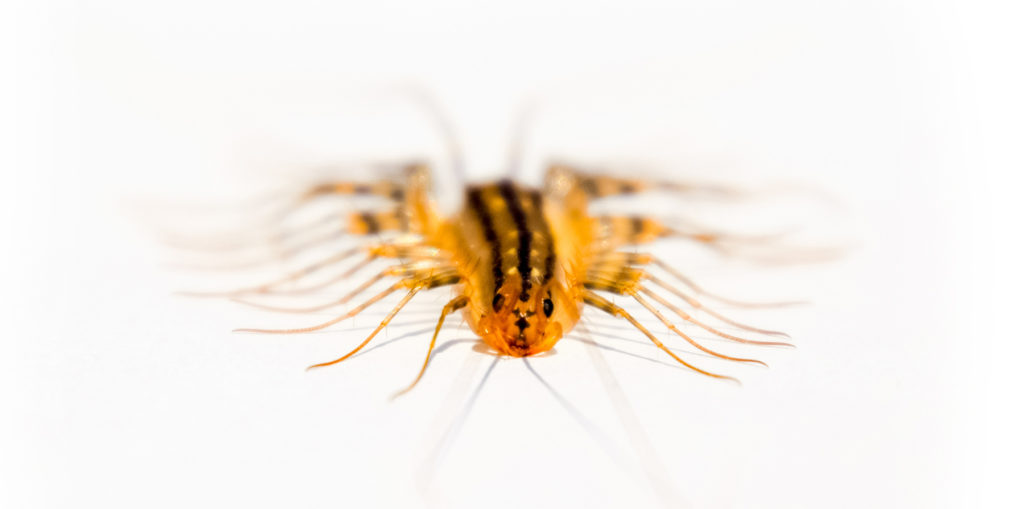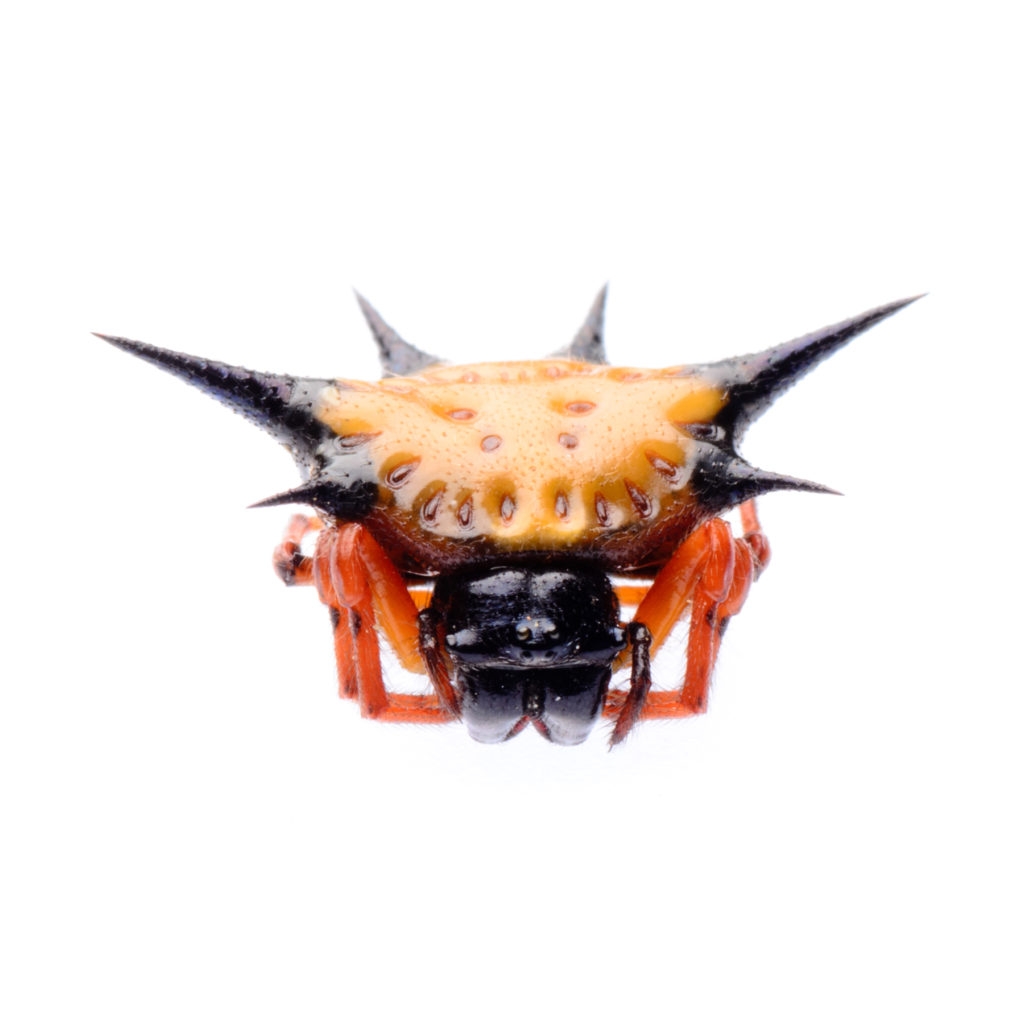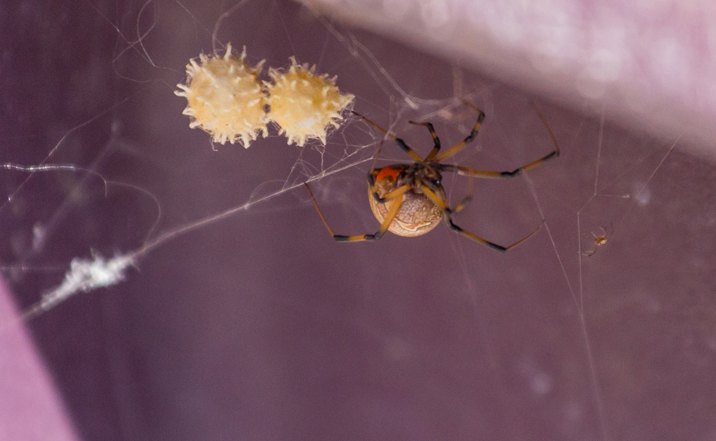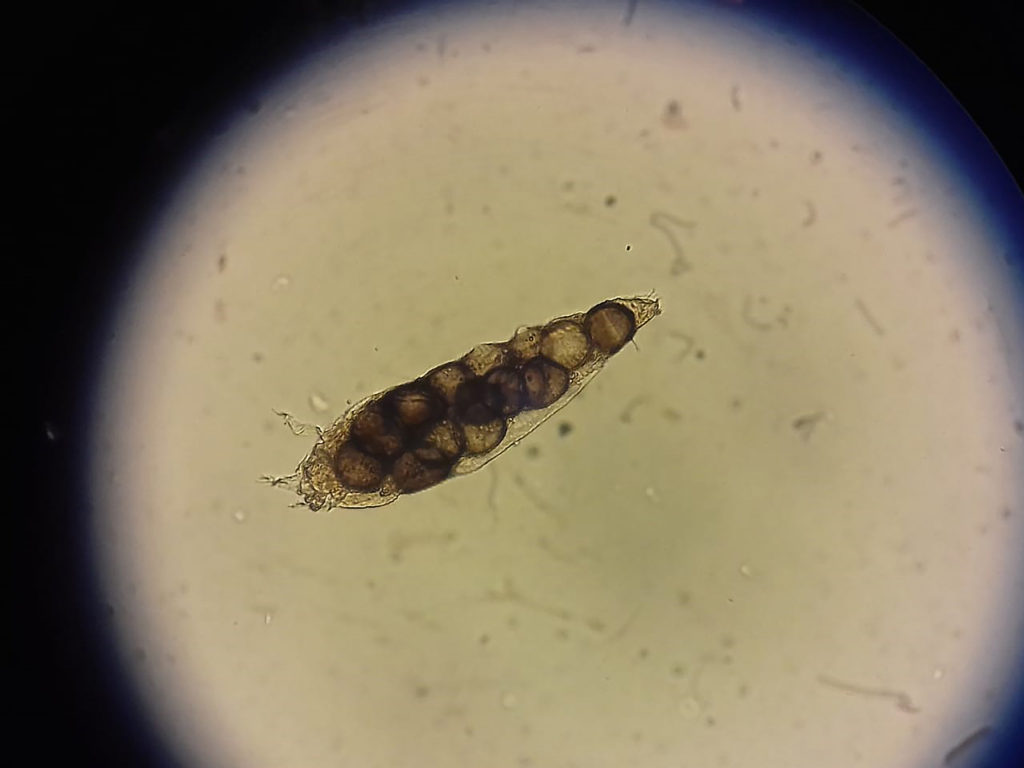Do you hate bugs? Do you hate them with a fiery passion only matched by the Grinch’s abhorrence of everything in Whoville?
You’re not alone.
Thankfully, there are people like Brien Straub. He’s a certified commercial applicator for Clegg’s Pest Control, and he has spent over a decade saving entomophobics — those with an intense fear of insects — from anything with more than four legs. His service area includes urban, suburban and rural environments, and he has been stung and bitten by nearly everything from Raleigh, N.C., to Richmond, Va.
Straub was willing (nay, ecstatic) to provide the fodder to fuel nightmares for the next year. Not with fire ants, wolf spiders, deer ticks or bedbugs — everyone knows these already. Instead, here’s a look at some bugs you might not be aware of in and around your home that are sure to leave you with that creepy crawly feeling.
Southern Flannel Moth
Alright, it’s a moth, so it can’t be that bad, right? Moths don’t have mouths, so there’s no biting, right? Please, no biting.
While the adult stage of this insect is harmless, “puss caterpillars” are adorned with a thick cat-like fur. But do not pet this fluffy minx — “each hair is a barb, and once it gets in your skin it causes a severe burn-like feeling,” Straub says. According to the University of Florida’s Entomology and Nematology Department, the toxin in these hairs “produces an immediate intense burning pain followed by the appearance of a red grid-like pattern on the skin that matches the pattern of the venomous spines on the caterpillar.”
Let’s all repeat: “I will not pet the cute and fuzzy death noodle.”
Toe-Biter
Sorry, it’s called what, now? Oh, it’s also called an alligator tick? Fantastic.
These are big freshwater bugs that live in ponds and slow current streams and enjoy a cuisine of snails, fish and small amphibians. These things can eat snakes. How, you may ask? Toe-biters’ front legs are armed with raptor-like hooks to pinch its prey. Then it uses a proboscis to inject a venom that liquefies the insides and slurps them up, leaving a hollowed-out carcass.
You can guess why they’re called Toe-biters. Might want to watch your feet next time you take a swim.
Kissing Bug
Aww, they can’t be that bad, right?
“They’re called kissing bugs,” Straub says, “because they are attracted to carbon dioxide and areas where the blood vessels are closer to the skin” — which happen to be two prime characteristics of the mouth. These bugs generally live in the nests of vertebrates (on which they feed) and are attracted to lights — like porch lights around your home. Once they find a nice home, they latch on and feast on the blood of their prey.
Along with mosquitoes, fleas and ticks, kissing bugs are known as vector insects because they carry disease from host to host. Specifically, they carry the parasite responsible for Chagas disease which, left untreated, can be deadly. Kissing bugs are found in a good portion of the United States — although the disease is rare here — as well as in South America, Central America and Mexico.
By the way, they’re also called vampire bugs. Pucker up.
Bald-Faced Hornet
Straub is quick to point out that these are really yellow jackets and not hornets, but a better description might be “angry air knives.” “They are highly aggressive,” Straub warns, “and if you come within 15 feet of their nest, you can expect to be swarmed.”
“What makes them different is they will latch onto your skin with their mandibles and just continuously sting over and over like a jackhammer,” he says. “I’ve been stung by them a couple times, and it was the most painful thing I have felt in my life. I got hit on the elbow and it swelled to the size of a baseball. And if you are stung by enough of them, it can cause severe health issues.”
House Centipede
These 30-legged little bugs are found in dark, humid areas around the home. They are ghastly looking, with longer legs at each end of their caterpillar-like bodies that are often mistaken for antennae. House centipedes are notoriously quick and can send even the strongest person screaming like a toddler when one crawls out of the shower drain.
Bites are very rare and are unlikely to break the skin. Though poisonous, they generally feed on smaller insects like silverfish (gross) and firebrats (also gross), which like dark, damp places. Because house centipedes are reclusive, if you regularly see them, then it is likely that you have a larger infestation.
They are also very sensitive to ultraviolet light, so the best course of action is a Halloween-themed black light party.
Spinybacked Orbweaver
Who decided that instead of venom, this spider should have the armor of a Sherman tank?
“They’re not an aggressor,” Straub says, “but you definitely don’t want to grab ahold of one.” These colorful woodland spiders have a thick exoskeleton lined with six horns to make any predator think twice before taking a bite. “I like to call them the bad-asses of the spider world, because of the punk rock look to them,” Straub adds. “You get yellow and black, orange, white and black … they’re one of my favorite spiders.”
Most of us would probably never use the terms “favorite” and “spider” together in the same sentence, no matter how much it listens to Green Day.
Brown Widow
No, no, stop, no, please stop. Why do we need more widow spiders?
Normally, brown widows are Florida natives, but Straub cited an uptick in sightings in Virginia over the past couple of years. Widows, whose webs resemble tangled masses, have an undeserved name since it is unusual for a female to attack a male after mating. That said, all widow spiders are extremely venomous, though with swift medical treatment, fatal cases are exceptionally rare.
Brown widow spiders have the distinctive hourglass on their underside, but with a deep orange color rather than the reddish color of their cousin. Both bugs prefer dark, “close quarter” outdoor spaces like woodpiles around homes, and they dine on a wide variety of whatever is unfortunate enough to make a house call.
And then …
As if the bugs that live around our homes aren’t creepy enough, there are also tiny mites that live on our faces.
Known as Demodex, or eyelash mites, these tick-like arachnids are so tiny — only 0.3 mm — they can’t be seen with the naked eye. But they’re there, tucked up against tiny shafts of facial hair, feeding on the skin’s natural oils. They sleep inside your pores by day and crawl on the surface at night to mate. They live for about two weeks.
While the mere thought is enough to make your skin crawl, these mites exist on pretty much everyone and are harmless. In rare cases, they can build up in huge numbers, sometimes leading to a skin disease called demodicosis. And while the mites have been linked to rosacea, they aren’t thought to cause it.
You can’t scrub these microscopic mites off, but for most people, the immune system seems to keep Demodex in check. Some scientists think they might even be beneficial — clearing dead skin tissue off our faces or eating bacteria that could harm our skin.


